Essential Oils

Hello everyone!
Today I would like to give an introduction/testimonial for essential oils. Wikipedia states:
An essential oil is a concentrated hydrophobic liquid containing volatile (easily evaporated at normal temperatures) chemical compounds from plants. Essential oils are also known as volatile oils, ethereal oils, aetheroleum, or simply as the oil of the plant from which they were extracted, such as oil of clove.
An Essential oil is just that: the essence of a plant. It is normally obtained through distillation. It is the strongest and most concentrated part of the plant. As such, essential oils are extremely potent and powerful. Hence essential oils are excellent for medicinal use, and due to their strong fragrance and long lasting nature, are also excellent for cosmetic use.
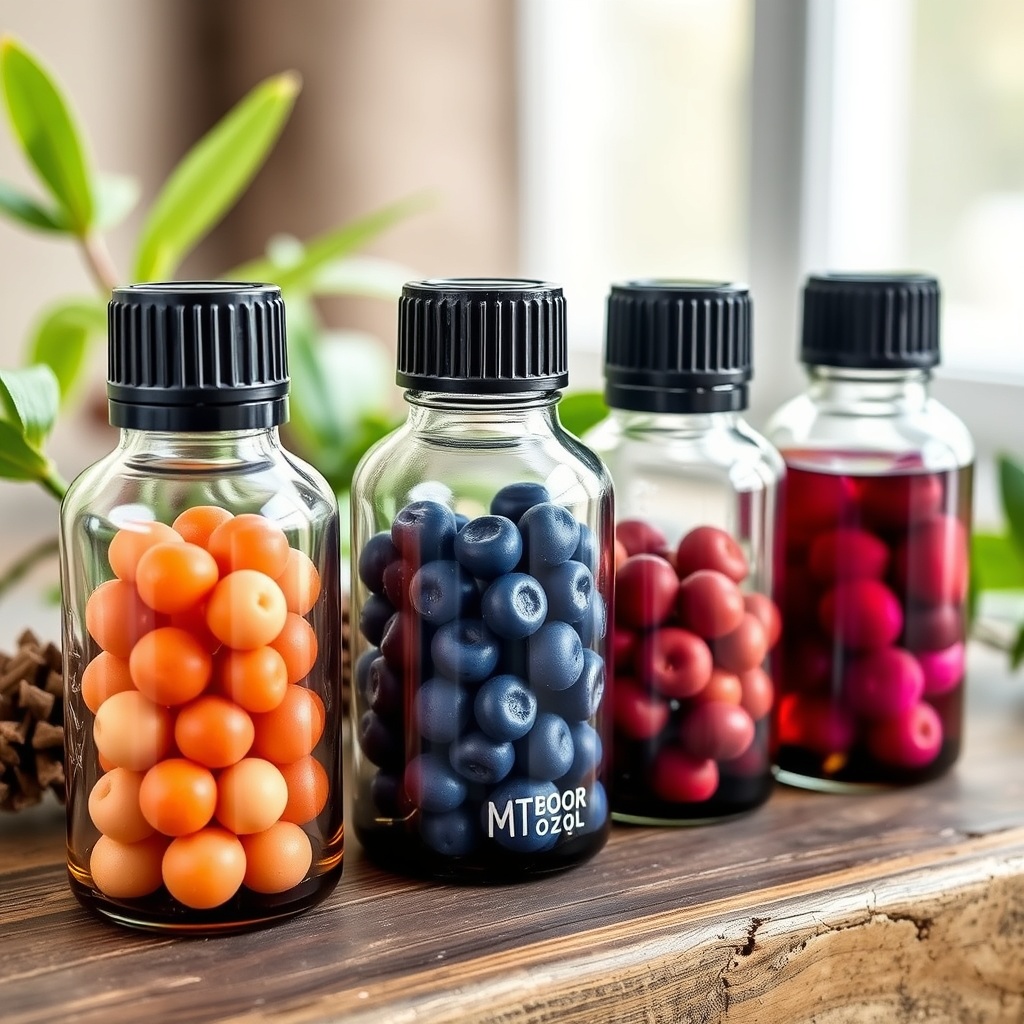
Although fragrant essential oils are often thought of in the floral category, they can come from just about anything in the plant life, from trees to mushrooms! There are 9 main categories for essential oils:
- Citrus: Refreshing and calming aromas like bergamot orange (e.g. Fruits like lemon, lime, orange as aforesaid mentioned)
- Floral: Versatile scents like lavender that can promote peaceful sleep (Other examples include Jasmine, Geranium, Sweet Pea etc.)
- Woody: Spicy scents like frankincense that can help with mood and sleep (Cedarwood, Sandalwood, and Fir trees also in this group)
- Herbal: Powerful aromas like eucalyptus that can help with colds and flu
- Menthol: Lively scents like peppermint that can refresh and uplift
- Camphoraceous: Similar to camphorconsidered a base noter
- Spicy: Warming and stimulating scents like cinnamon and clove
- Resinous: A scent category for essential oils
- Earthy: A scent category for essential oils
Perfumers often organize scents in terms of: Top, Middle, and Base notes. This refers to the tone that the scent provides and its lasting ability before evaporation. Combining scents with top, middle, and base qualities gives a well balanced, and long lasting fragrance which lifts the mood and calms the mind. Lavender is considered a top or middle note, and Cedarwood is considered a base note. Lavender is calming and light, whereas Cedarwood is heavy and spicy. So combining these scents gives an excellent perfume.
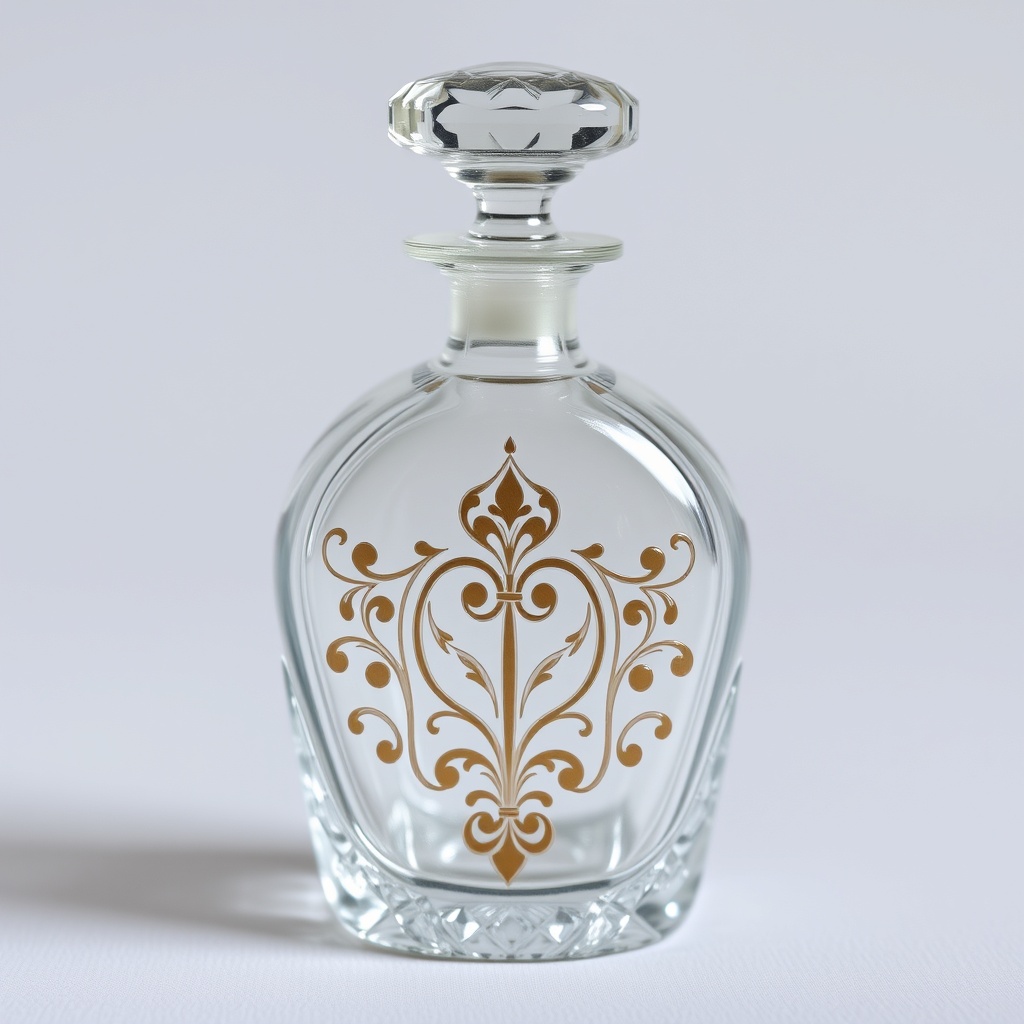
The medical qualities of essential oils are endless. Myrrh and Frankincense are anti-inflammatory and pain relieving. Lavender is soothing, and a sedative. Wintergreen is numbing and reduces swelling making it great for reliving fevers, muscle soreness, cramps, etc. It has been used for headaches, nerve pain (especially sciatica) arthritis, female related pain etc. The list goes on and on. If you are an herbal and natural medicine enthusiast, then keep in mind that any medical qualities that each plant has, its essential oil has. Because essential oils also have a strong fragrance, medicinal qualities can be used in unique ways. For example, Orange essential oil can be used to cheer and enliven one’s mood through aroma therapy. Also, because essential oils are so concentrated, they can have a stronger cleansing effect. For example, The Tee Tree has anti-bacterial and anti-microbial properties, so it’s essential oil combined with an alcohol such as Vodka, makes a great hand sanitizer.
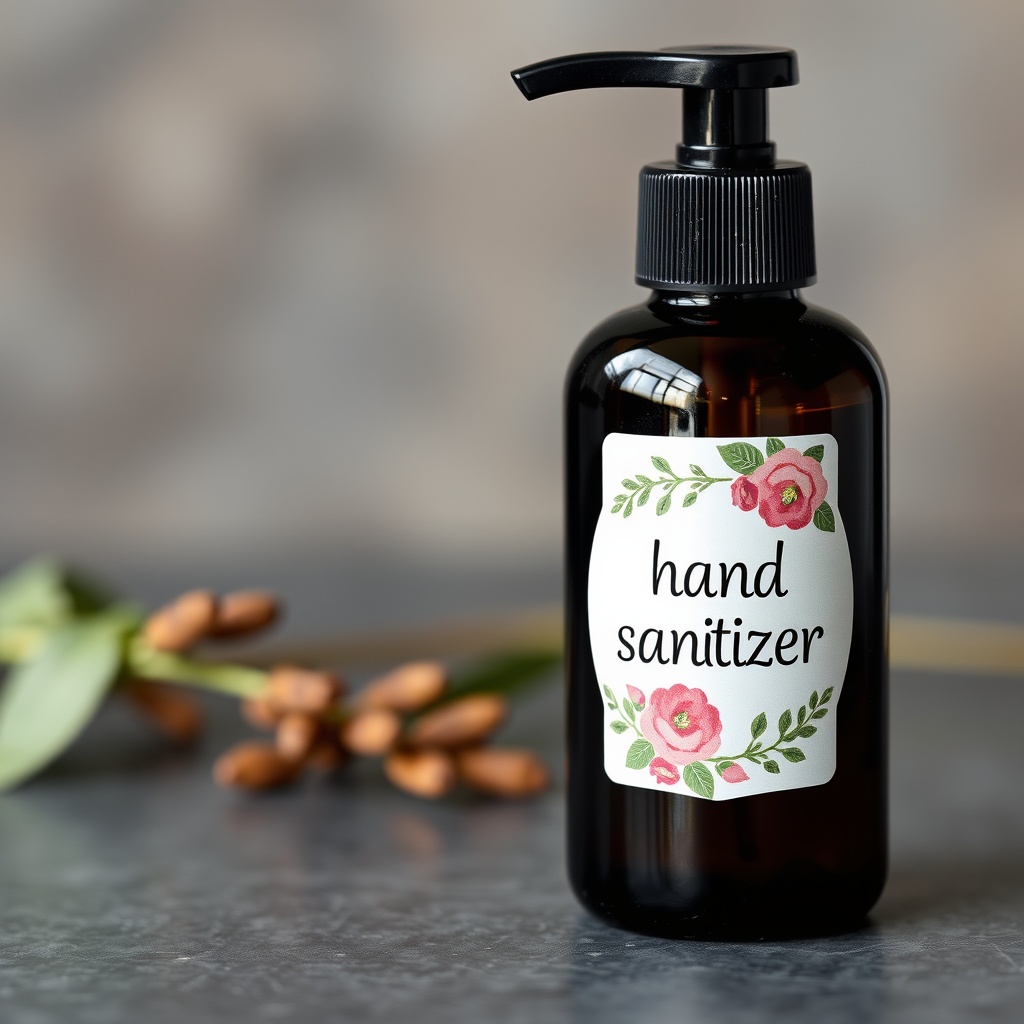
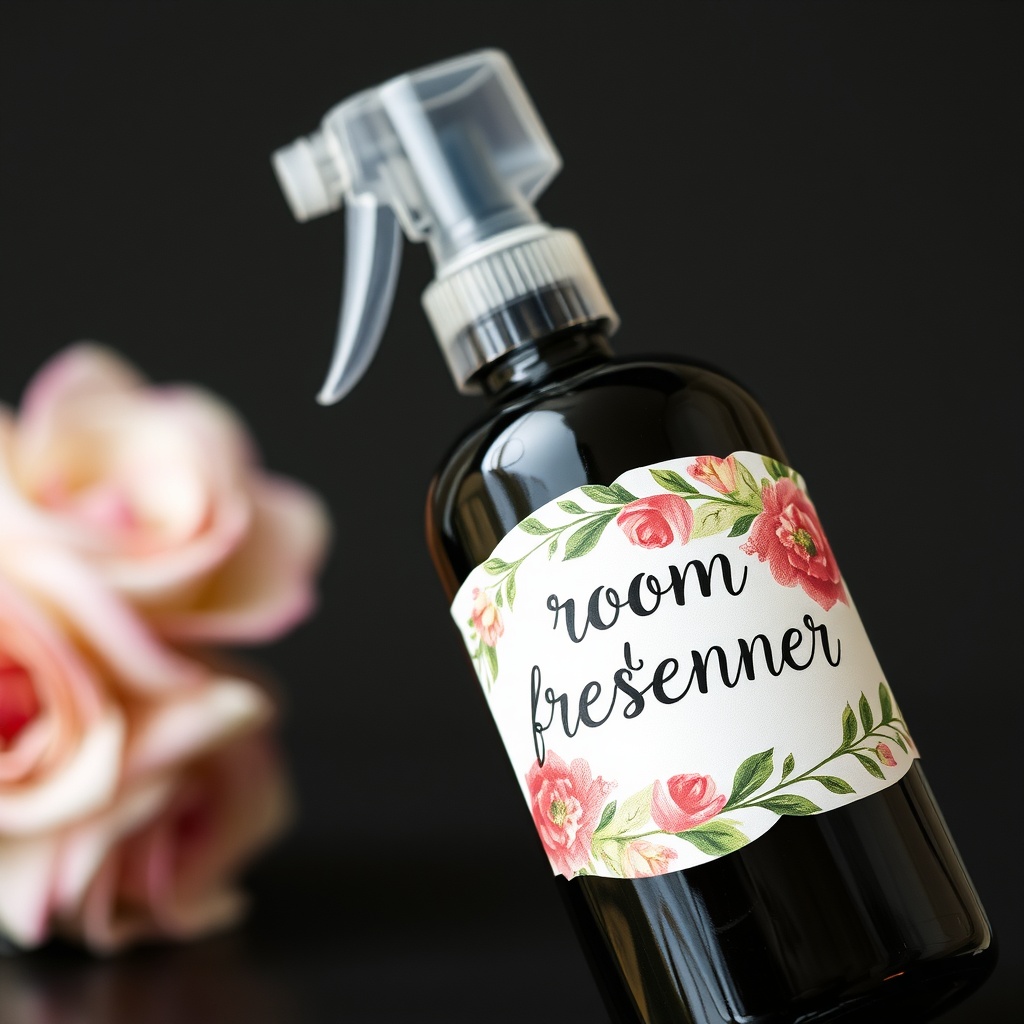
Essential oils are to almost always be used externally, since they are so strong, they can burn the digestive system. Do not use internally, unless using a very light and gentle plant, and you have researched, highly diluted, and checked with a healthcare professional. The only essential oils that I have tried to take internally were Lavender and Peppermint, both highly diluted in honey. Peppermint tea, with honey diluted peppermint essential oil taken once or twice a day, was very helpful for me in reducing a high fever. But again, do not use without extreme caution!
Essential oils, combined with a base oil or alcohol, make perfect room fresheners, lotions, salves, cremes, glycerites, liniments, ointments, gels etc. Used with massage and acupressure techniques, they are very effective for pain relief, and healing: joints, muscles, nerves, bones, tissues, organs; pulling out toxins and infections, reducing inflammation, etc.
Good bases for essential oil preparations include: honey, coconut oil, avocado oil, sweet almond oil, glycerine, vodka, beeswax for a hardener and thickener in a salve, jojoba oil, and shea butter. Their are different dilution rates and recommendations, but I prefer a dilution of 5% or 2%. Those percentages have seemed most effective in my experience. 5%=15 drops ess. oil per 1T. carrier or base. 2%=6 drops ess. oil to 1T. carrier or base. For wound care, a 2% dilution is best.
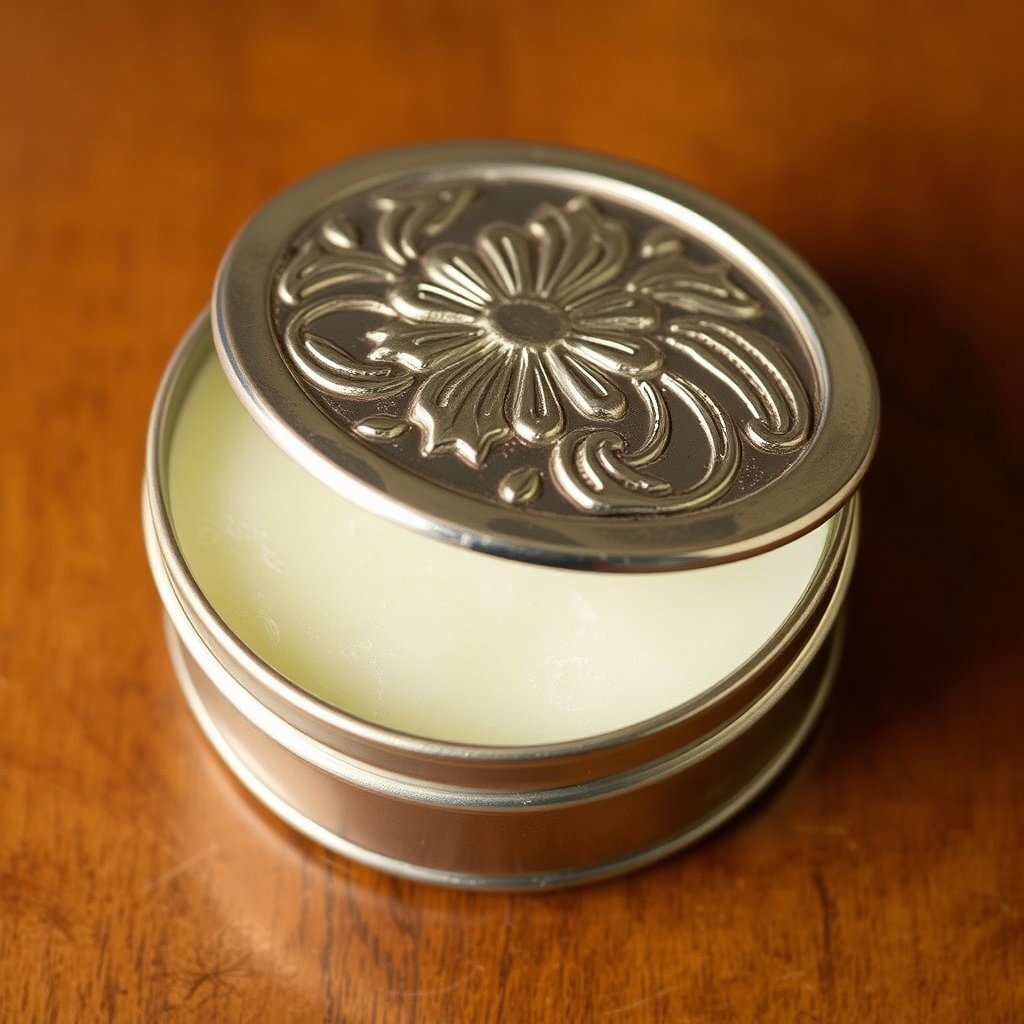
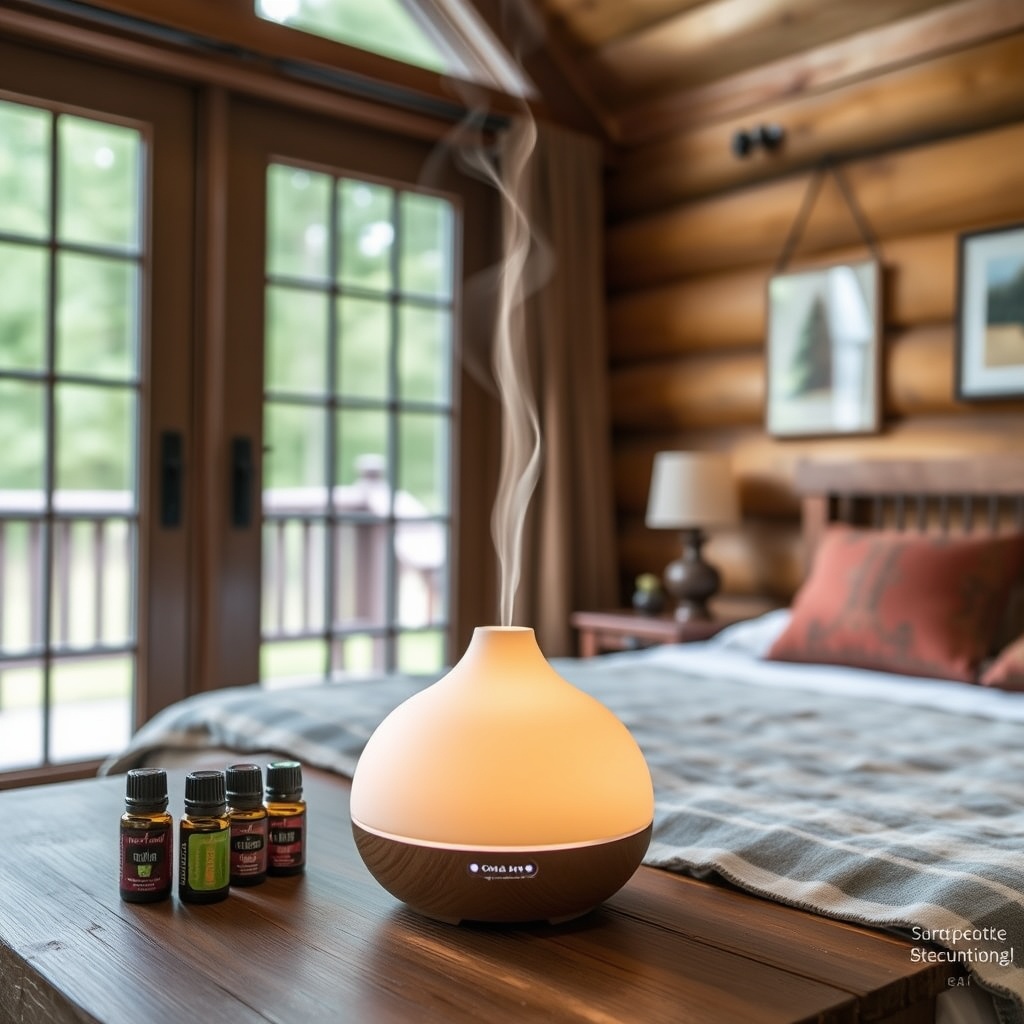
As always… more information and recipes to follow! Blessings to all!
